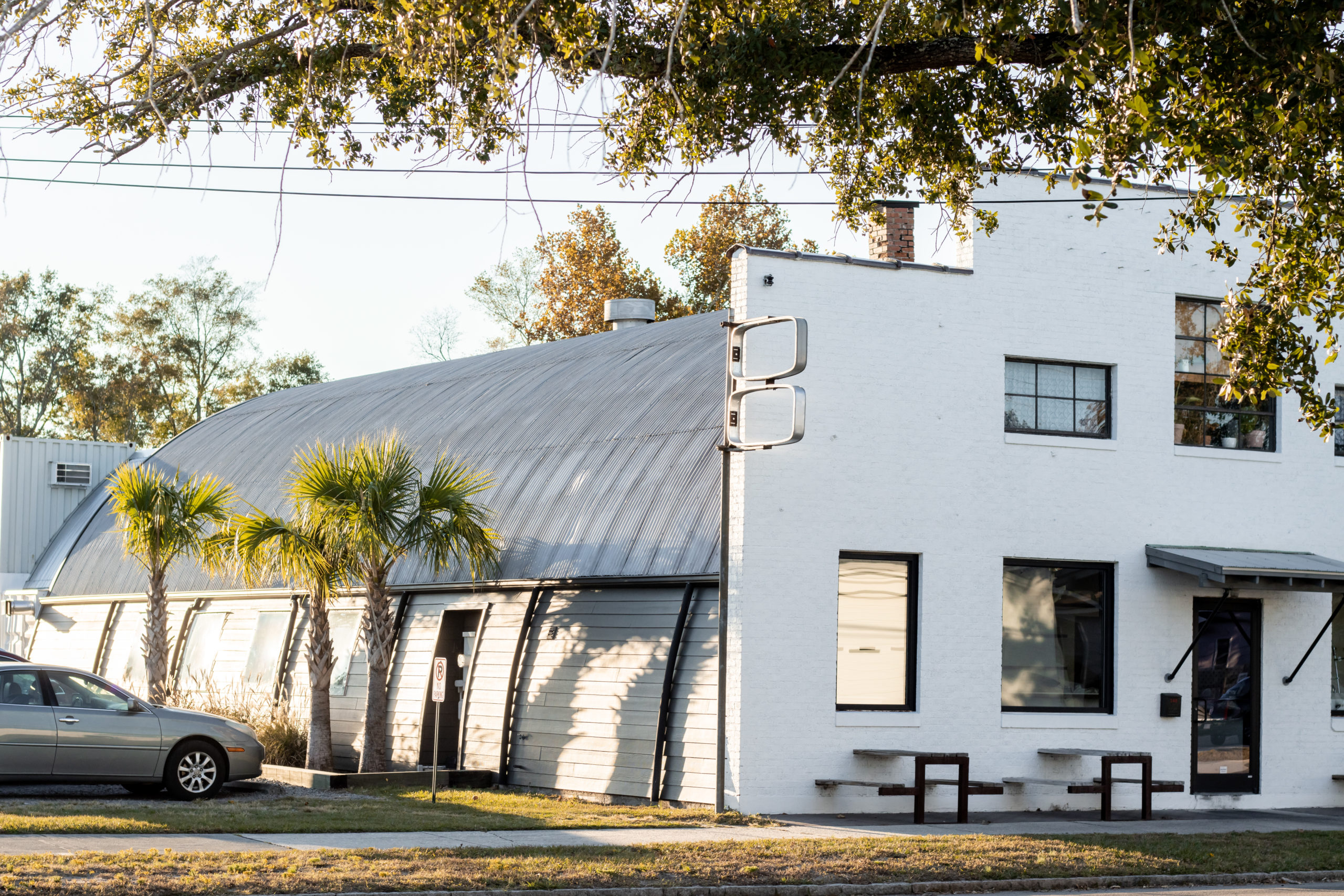The flat roofs of a commercial building have to stand up to a great deal of abuse: from the constant beating of the sun’s ultraviolet radiation to heavy wind and rain. This is partially why many roofs are constructed with a steep pitch, to allow rain and snow to roll off them. However, because flat asphalt roofs have a much narrower pitch—that is, the angle of the roof itself—they need to utilize different methods to stay protected from the elements.
One method for ensuring the durability of a flat roof is torch down roofing. If done correctly, it can help to prevent environmental damage from occurring while also extending the lifetime of your roof.
The Meaning of “Torch Down”
The term “torch down roofing” has a very specific meaning: roofing materials that have been applied to the top of a building utilizing a flame torch. It’s made from two separate layers, which the torch essentially combines by melting them together. The top layer is made from a compound called bitumen, which is made from asphalt that has been modified by combining it with a polymer. The polymer is usually a type of plastic, which works well because of its strength and flexibility.
The upper layer is strong, lightweight, and made from fiberglass or polyester material. This membrane is sometimes combined with fire-resistant granules to improve the safety rating of the material. It has the added effect of increasing the roof’s resistance to damaging ultraviolet radiation from the sun. If you opt for a granulated material, it can be more solar resistant but slightly more difficult to repair, as granules oftentimes must be removed.
What Are the Advantages of Torch Down Roofing?
The primary benefit of the torch down method of asphalt roofing is in its flexibility. It becomes extremely resistant to heat and cold since it can expand and contract a great deal without becoming damaged. This means that it can handle weather extremes much better than most other roofing methods.
Because it’s made from several layers, torch down roofing is also thicker than many other types of roofing materials. This added thickness serves to protect your roof from falling branches, hail, and other debris, reducing the need for costly repairs, even during heavy winds and other inclement weather.
The method of melting the top layer of the roofing material means that it’s also incredibly resistant to leaks. It can serve as a dam to protect against rainwater extremely effectively. It also forms an airtight seal, meaning that this particular roofing style provides a bit more insulating value.
Often, moisture can become trapped underneath roofing materials and cause the underlying wood to rot, once again leading to leaks and costly repairs. Due to the fact that it can absorb sunlight, torch down roofing tends to allow any moisture trapped beneath it to dry, which may lead to a better life for the roof deck
The reduced maintenance costs are one of the major advantages of this type of roofing. While it’s not one of the longest-lasting roofing types, it can still have a life span of up to 20 years, and during that time, it will require minimal maintenance.
How Is the Installation Performed?
Torch down roofing is relatively simple to install, but it should always be done by a trained and certified professional because of the need for an open flame. In most areas, only professionals are allowed to perform the work due to the difficulty of acquiring insurance. Before you can have any torch down roofing installed on your building, you should take some time to research the best contractors in your area. Read reviews and talk to references before making any hiring decisions.
If an untrained person attempts to use a torch to melt roofing material, it can create a large risk of fire or other related problems. Each year, dozens of buildings are burned to the ground due to mistakes made with a torch. The requirement for an open flame also means that there may be an increased insurance cost when hiring a contractor to install your torch-down roofing. There will also be an additional expense and time spent after the work is done to perform a two-hour fire watch.
During installation, your contractor will typically roll sheets of the material across the roof of your building. They will layer two or three of the different roofing materials on top of each other, secure them in place, and then melt them together using a roofing torch. This process is straightforward, assuming the roofing contractor is well trained and experienced. You should always ensure they have proper insurance as well as training in the field by seeking out an established, trustworthy company like Interstate Roofing.
Some weeks after the installation has been performed and the material has fully settled into place, you can ask your roofing contractor to apply extra protective materials in order to increase the durability of your new torch down roofing. This protective coating can go a long way toward protecting your rooftop from the sun’s damaging ultraviolet rays.




